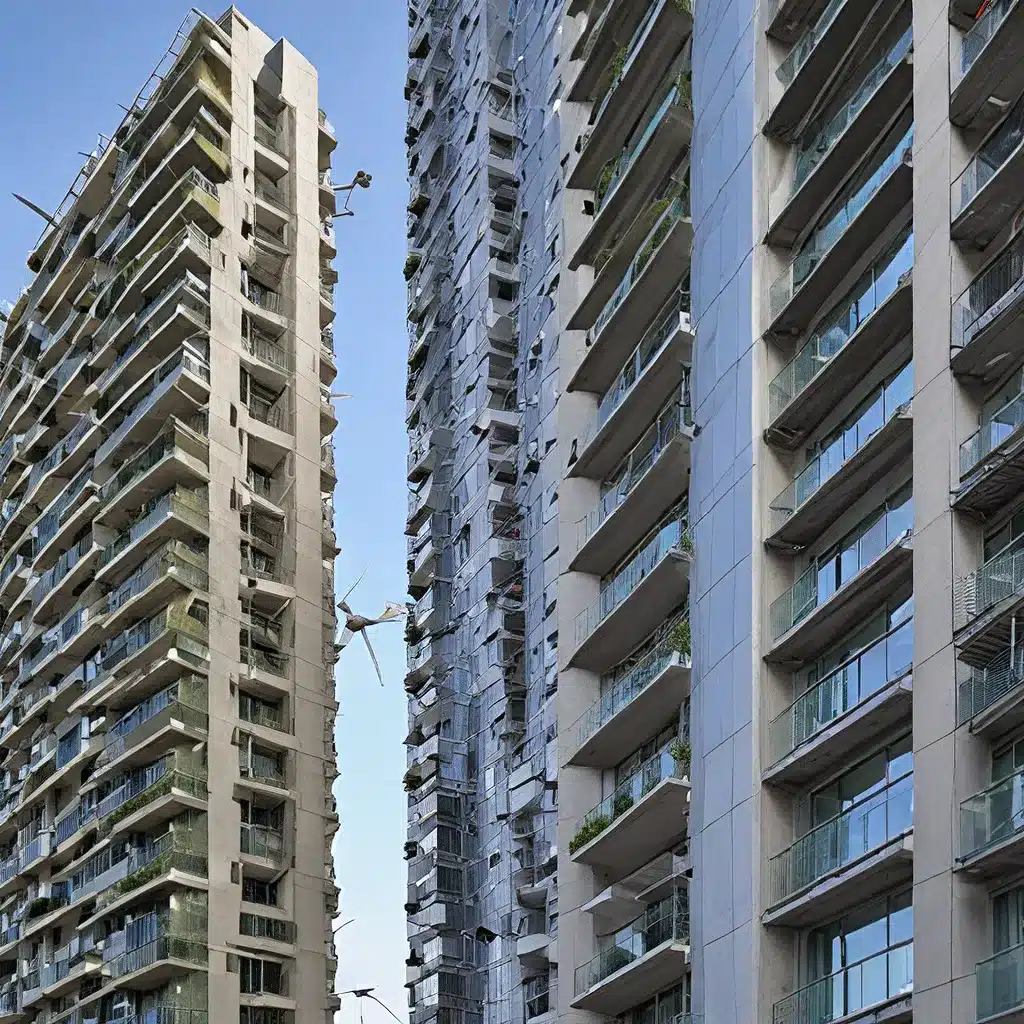
As an advocate for sustainable living, I’ve always been fascinated by the intersection of renewable energy and building codes. It’s a complex and often misunderstood topic, but one that holds immense potential to revolutionize the way we design and construct our homes and buildings.
Imagine a world where every new structure we build is not just energy-efficient, but actually generates its own clean power through the integration of renewable energy systems. Where the materials used and the way they’re put together don’t just meet minimum standards, but actively work to reduce our carbon footprint. That’s the future I believe we can achieve, and it all starts with getting our building codes right.
Rethinking the Fundamentals of Efficient Design
When it comes to designing an energy-efficient home or building, the planning process is crucial. As the source information notes, “optimizing home energy efficiency requires a whole-house systems approach to ensure that you and your team of building professionals consider all the variables, details, and interactions that affect energy use in your home.”
This holistic mindset is a far cry from the traditional box-checking approach to building codes. Instead of simply meeting a set of generic requirements, designers and builders need to think creatively about how to integrate passive solar design, energy-efficient appliances and lighting, and on-site renewable energy generation in a way that works seamlessly with the local climate and site conditions.
One exciting example of this is the concept of ultra-efficient homes. These cutting-edge structures “combine state-of-the-art energy-efficient construction, appliances, and lighting with commercially available renewable energy systems such as solar water heating and solar electricity.” By taking advantage of every possible opportunity to reduce energy use, these homes can often achieve net-zero energy consumption – meaning they produce as much clean power as they consume over the course of a year.
Navigating the Evolving Landscape of Building Codes
Of course, implementing these advanced building techniques isn’t always easy. As the source information points out, proposed straw bale structures, for instance, “face considerable barriers including” acceptance and approval from local building code officials. And even for more mainstream renewable energy technologies, there can be a lot of confusion and uncertainty around the relevant codes and regulations.
That’s why it’s so important for homeowners, designers, and builders to stay up-to-date on the latest developments in this rapidly evolving field. The Home Energy Score, for example, is a national rating system developed by the U.S. Department of Energy that can provide valuable insights into a home’s current efficiency and opportunities for improvement.
Similarly, the Federal Building Energy Efficiency Standards set forth by the Office of Energy Efficiency & Renewable Energy are constantly being updated to reflect the latest advancements in technology and best practices. By staying informed and proactive, we can work to ensure that these guidelines keep pace with the needs of the 21st century.
Overcoming Barriers and Embracing Innovation
Of course, it’s not just a matter of staying informed – we also need to be proactive in advocating for the changes we want to see. As the source information suggests, one of the first steps is to “contact your city or county building code officials” to learn more about the specific requirements and recommendations in your area.
From there, it may be necessary to get involved in the policymaking process, whether that means attending public hearings, writing to local legislators, or joining forces with like-minded organizations. After all, building codes don’t exist in a vacuum – they’re the product of complex political and regulatory processes that can be influenced by engaged citizens.
At the same time, we can’t afford to sit back and wait for the system to catch up. Innovative builders and designers are already pushing the boundaries of what’s possible, experimenting with cutting-edge materials and techniques like advanced framing, cool roofs, and earth-sheltered homes. By sharing these success stories and demonstrating the real-world benefits, we can help inspire others to follow in their footsteps.
A Future of Sustainable, Resilient Homes and Buildings
Ultimately, I believe that the integration of renewable energy and energy-efficient design into our building codes is one of the most crucial steps we can take in the fight against climate change. By rethinking the way we construct our homes and buildings, we can not only reduce our environmental impact, but also create structures that are more comfortable, durable, and cost-effective to operate.
Of course, the road ahead won’t be without its challenges. There will be debates, setbacks, and plenty of naysayers along the way. But as someone who’s deeply passionate about this issue, I can say with confidence that the rewards far outweigh the risks.
When I imagine a future where every new home and building is designed with sustainability and resilience in mind, I see a world that is cleaner, healthier, and more equitable for all. And I believe that by working together – homeowners, designers, builders, and policymakers alike – we can make that vision a reality.
So let’s roll up our sleeves and get to work. The future of our homes, our communities, and our planet is counting on us.

